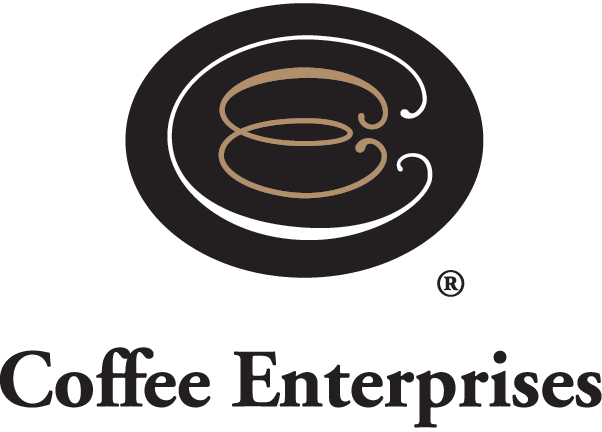Coffee Analysts Featured in Institute of Food Technologists Article
In its January Volume, the Institute of Food Technologist featured an in-depth article titled Coffee Quality Testing. After explaining the coffee basics, the author relies on the expertize of our own Spencer Turer to explain how and why coffee is tested:
Evaluating Quality
The quality of the coffee consumers drink depends on numerous factors, such as the cultivar, growing altitude, climate, soil chemistry, harvesting and processing conditions, drying method, storage conditions (temperature, humidity), transportation method (container type and size), roasting conditions, grind size, packaging, age, and brewing method. Spencer Turer, Director of Coffee Operations at the independent coffee-testing company Coffee Analysts (www.coffeeanalysts.com), said that testing is conducted throughout the supply chain, but the amount of testing changes. Exporters and importers usually use basic sensory and physical evaluations to determine whether the product meets their quality standards for grade and are free of sensory defects. At the roaster, the testing becomes a lot more rigorous, and the regional, national, and multinational coffee companies become much more involved in dynamic quality control, using a variety of instrumental analyses as well as sensory evaluation. Turer said that although many strides have been made in instrumentation for flavor and aroma detection and identification, the simplest, least expensive, and most replicable results in coffee testing are obtained by sensory analysis, specifically the cupping method for flavor and aroma.In this method, which is used at all stages of production, the taster or “cupper” first evaluates the overall visual quality of the beans (grading the beans for defects, size, moisture, aroma, and color), then roasts a sample in a laboratory roaster, grinds the roasted beans, and evaluates the roasted coffee fragrance. The cupper then adds boiling water to a standard amount of the ground coffee and allows the coffee to steep in the cup for about four minutes, smells the aroma, breaks the crust of grounds to complete the aroma evaluation, and then skims the floating grounds and oils from the top of the cup. After allowing the coffee to cool, the cupper tastes the beverage by forcefully slurping a spoonful to see if it meets expected standards, and then spits it out.
Using this procedure, the cupper can evaluate the coffee sample quality and blend different beans for product development or to determine the proper roast for specific flavor characteristics. According to the NCA, an expert cupper can taste hundreds of samples of coffee a day and still taste the subtle differences between them. Turer pointed out that the cupping process follows scientific protocols to ensure that the only variable in the test is the coffee being sampled. All aspects of the process are strictly controlled, including coffee roast parameter, time between roasting and cupping, grind size, coffee portion weight, water quality, water temperature, cupping vessels, and so on. The cupper records the intensity and quality of the dry bean fragrance and the aroma, acidity, body, flavor, and finish of the beverage.
Turer said that the physical laboratory tests that may be conducted on green coffee are density, moisture content and water activity, bean size, grade (defect counts), and color. Tests for roasted coffee are residual oxygen and carbon dioxide within packages, moisture content and water activity, roast color, grind particle size or broken bean counts, brewed coffee dissolved solids, pH, and Brix/refractive index. Chemical testing for coffee includes ochratoxin A, caffeine, nutrient analysis, microbiological analysis, and pesticides. Other tests that may be performed on roasted coffee are caffeine, chlorogenic acids, lipids, carbohydrates, total polyphenols, total proteins, and mycotoxins. Standard analytical methods for coffee have been published by AOAC International (see table), the International Organization for Standardization (ISO), and other organizations.
View the entire article: HERE
Or download the PDF

